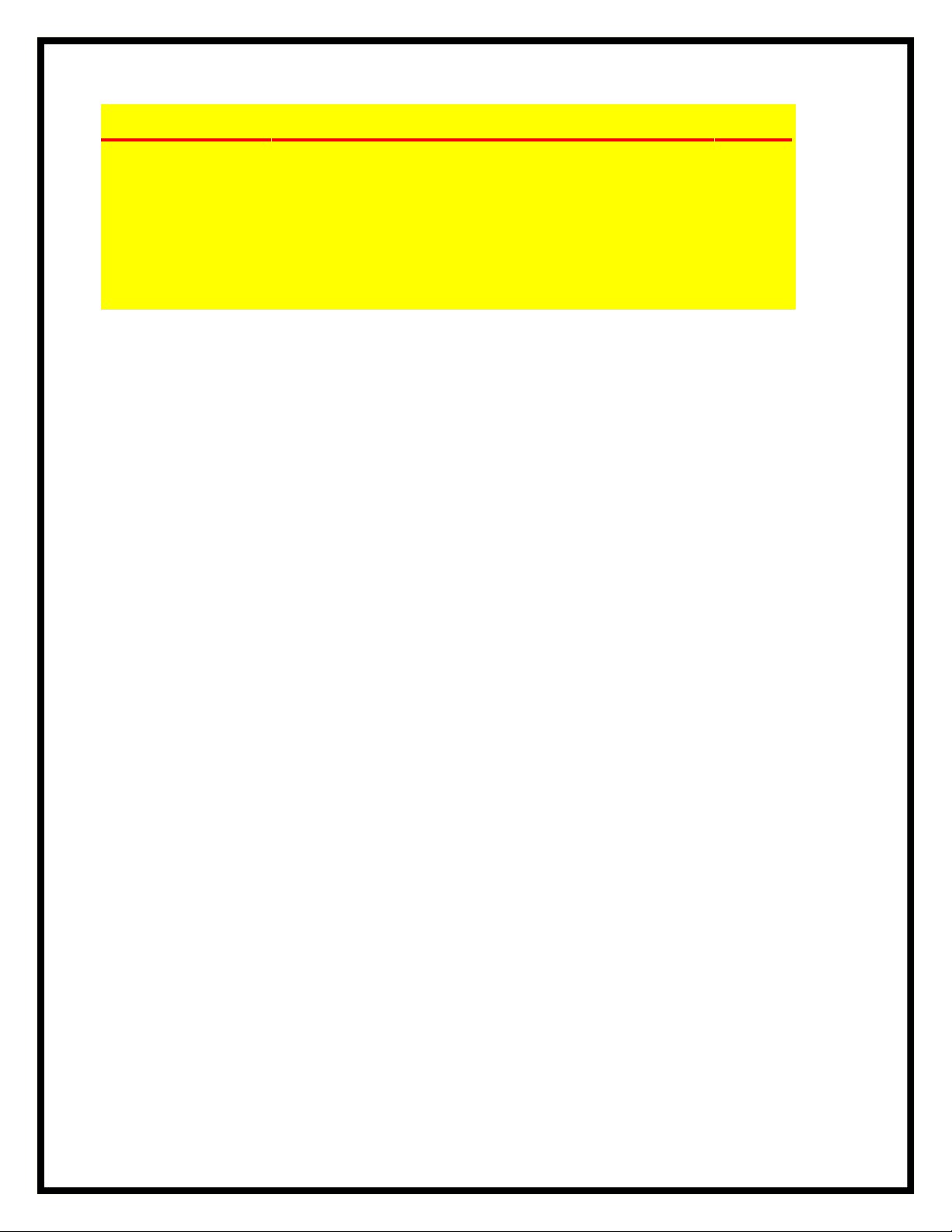
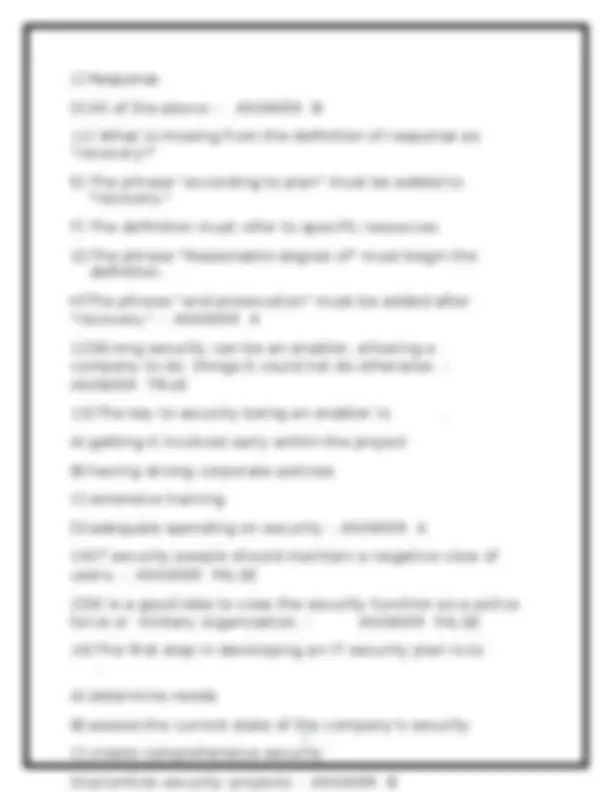
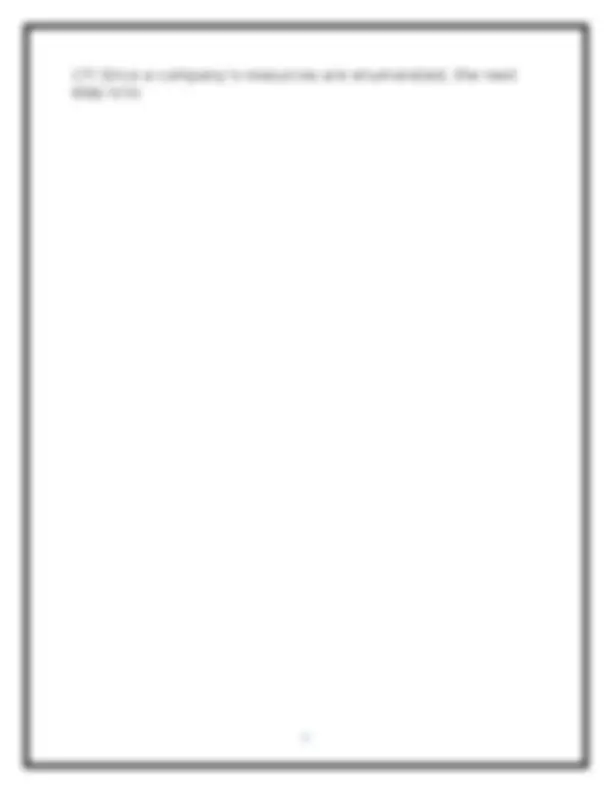
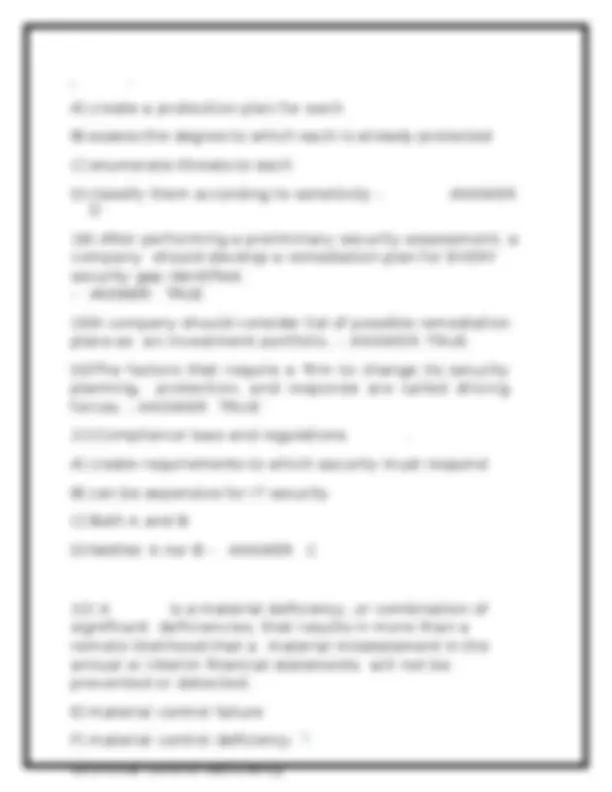
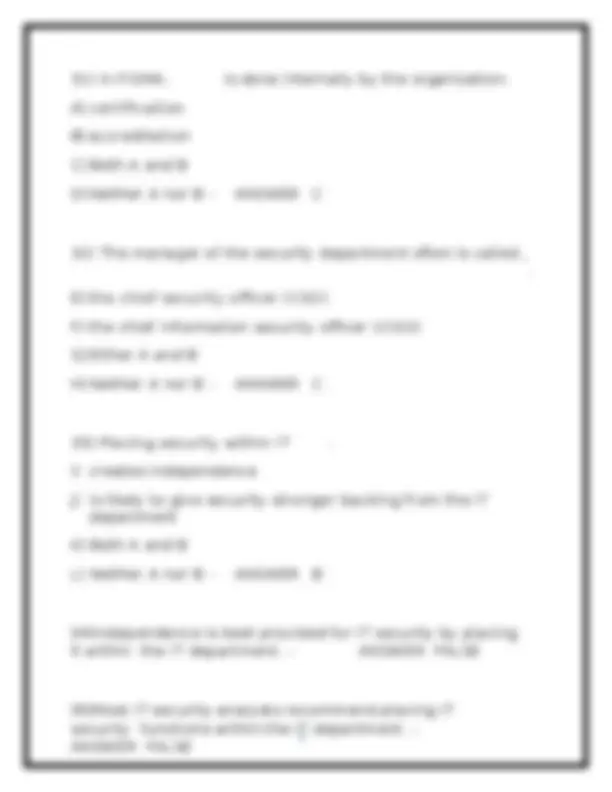
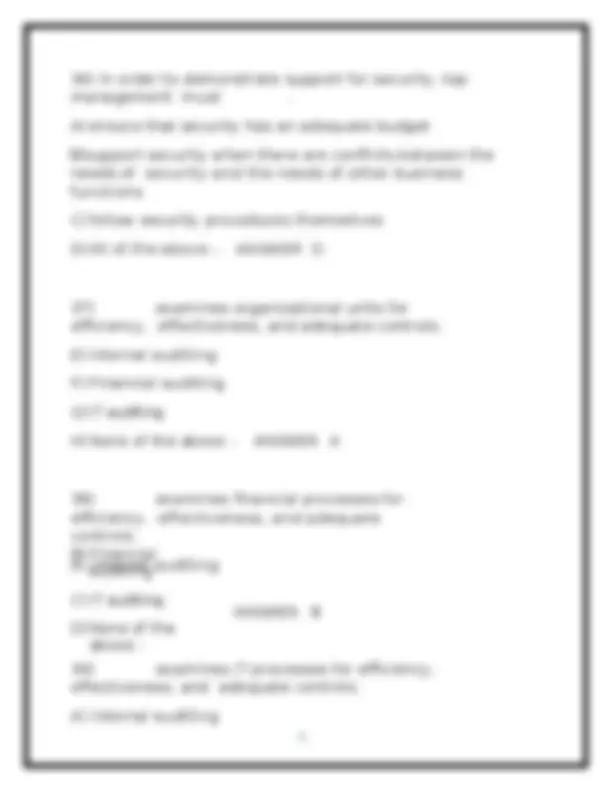
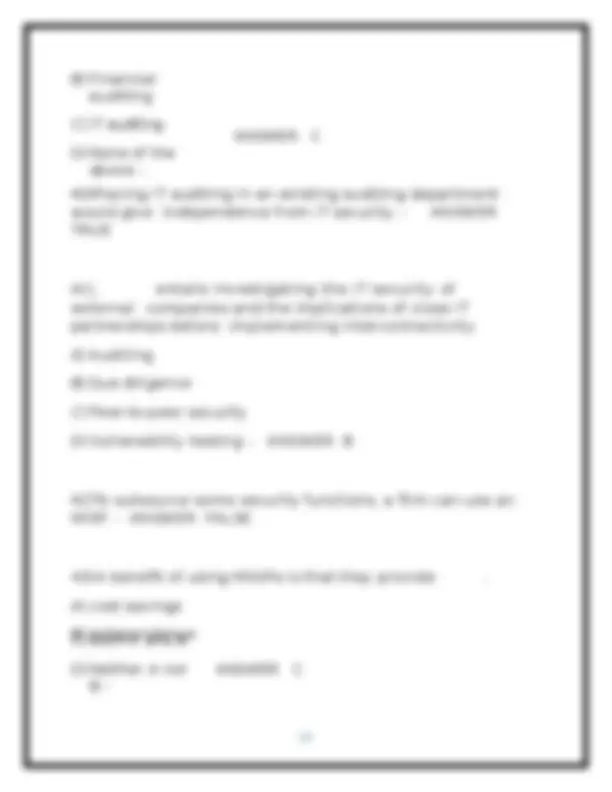
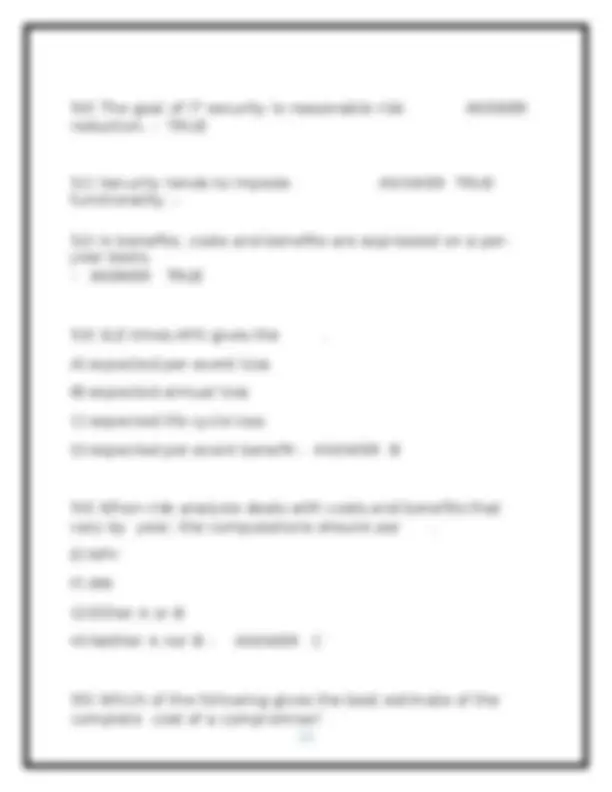
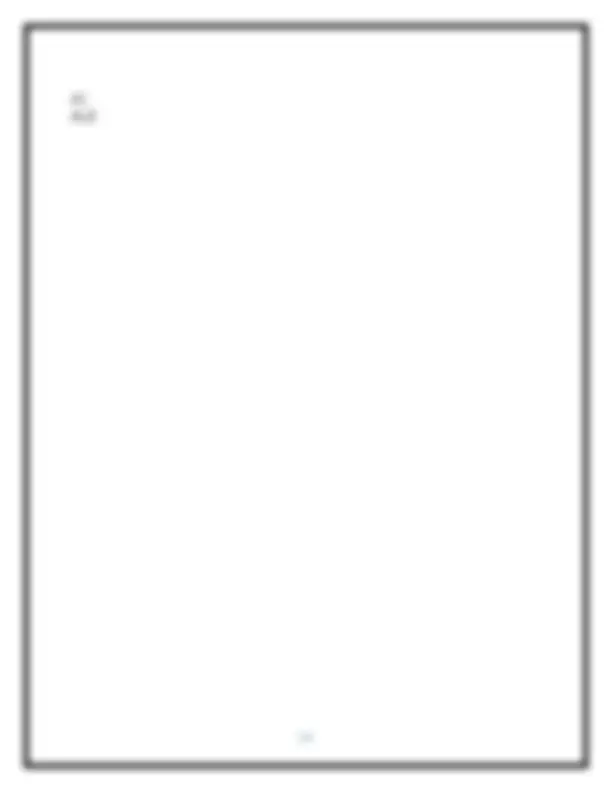
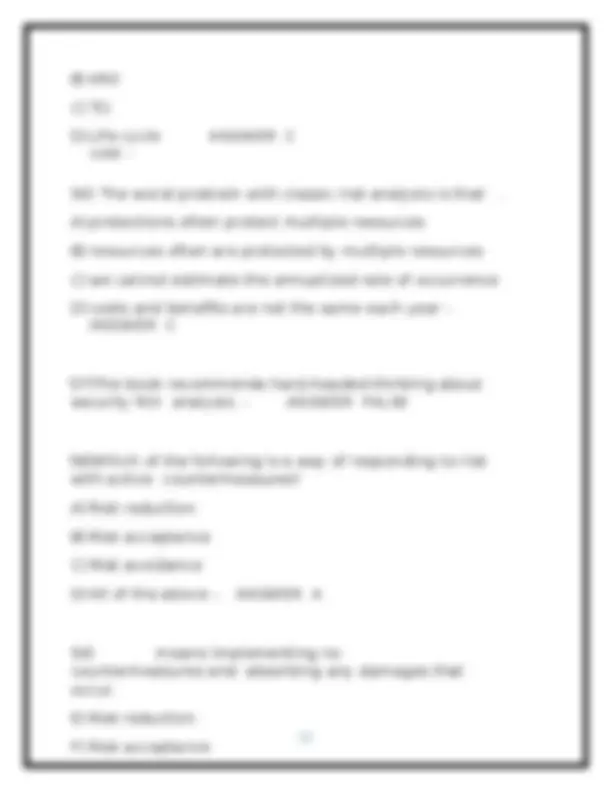
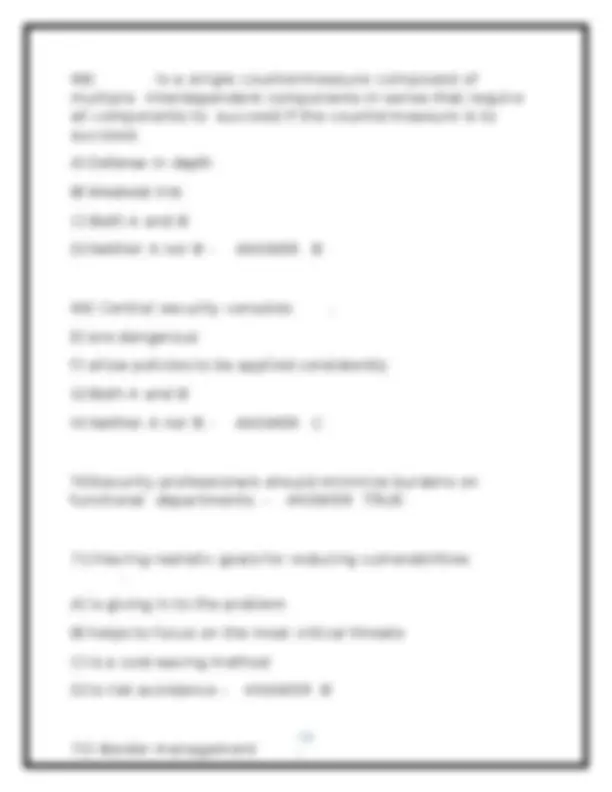
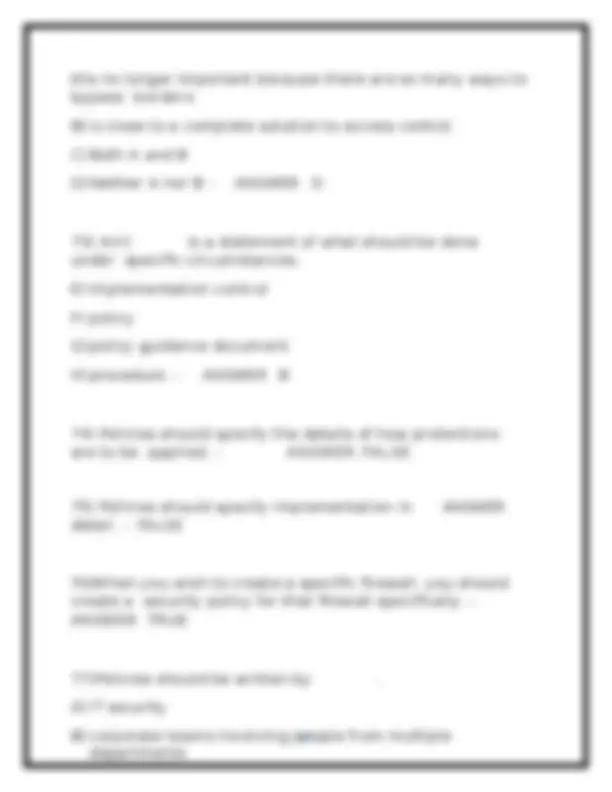
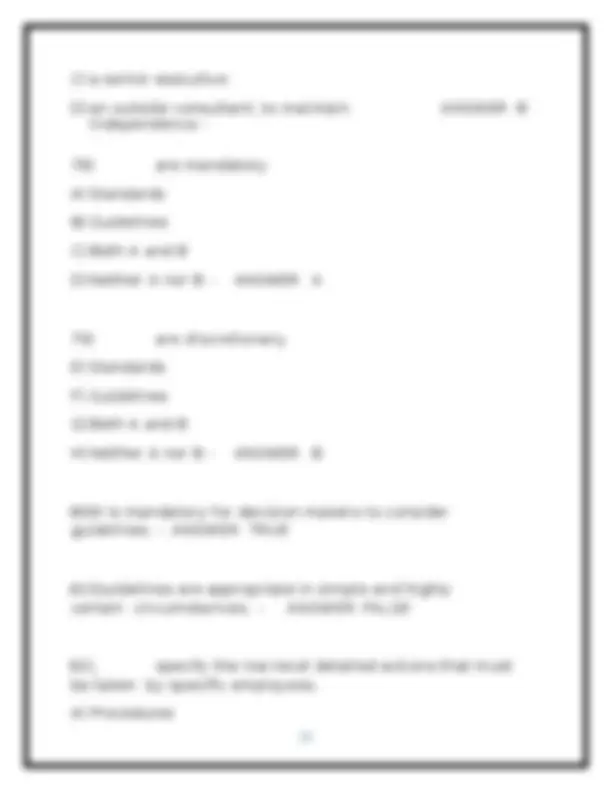
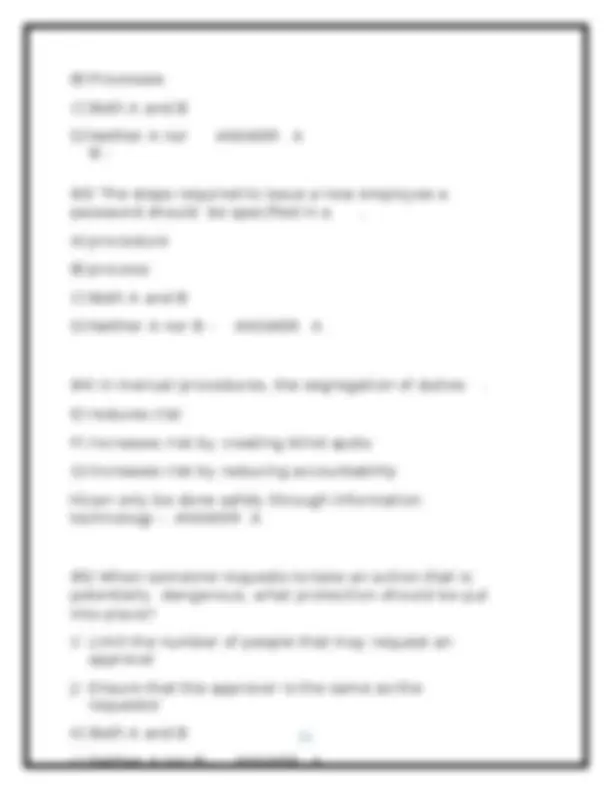
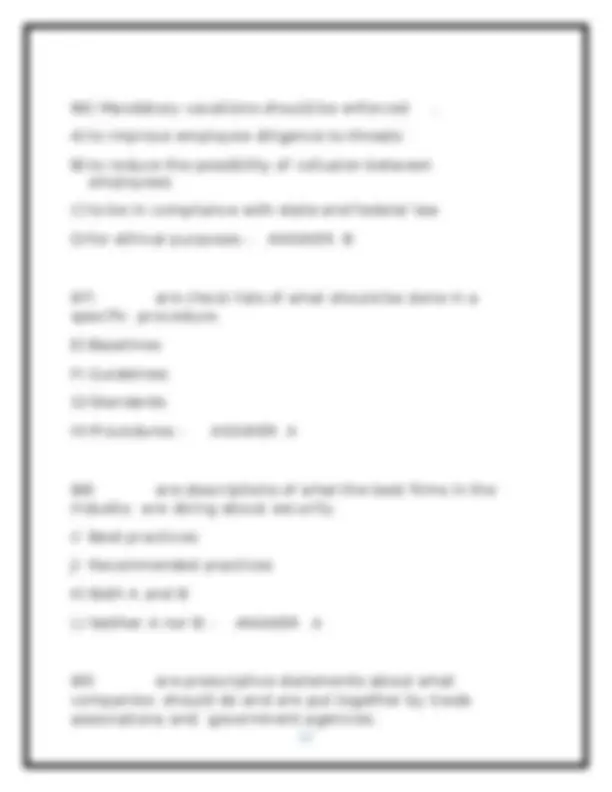
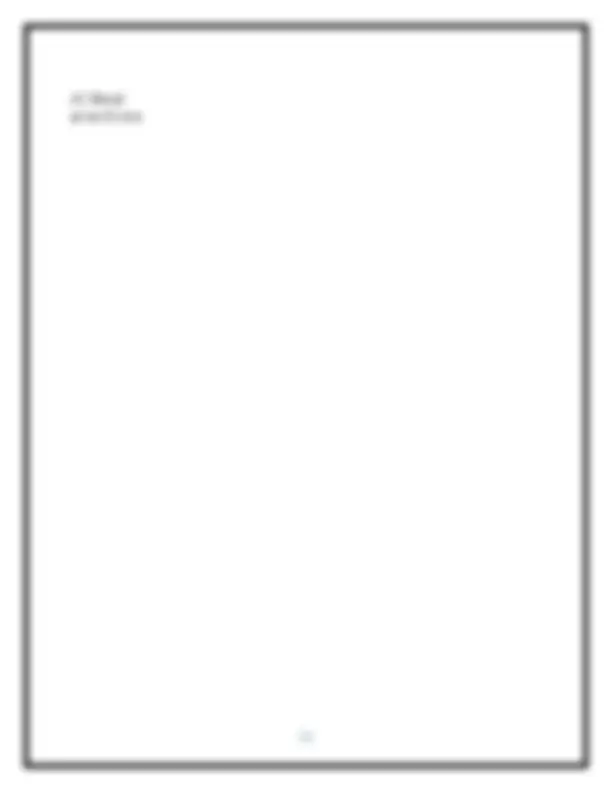
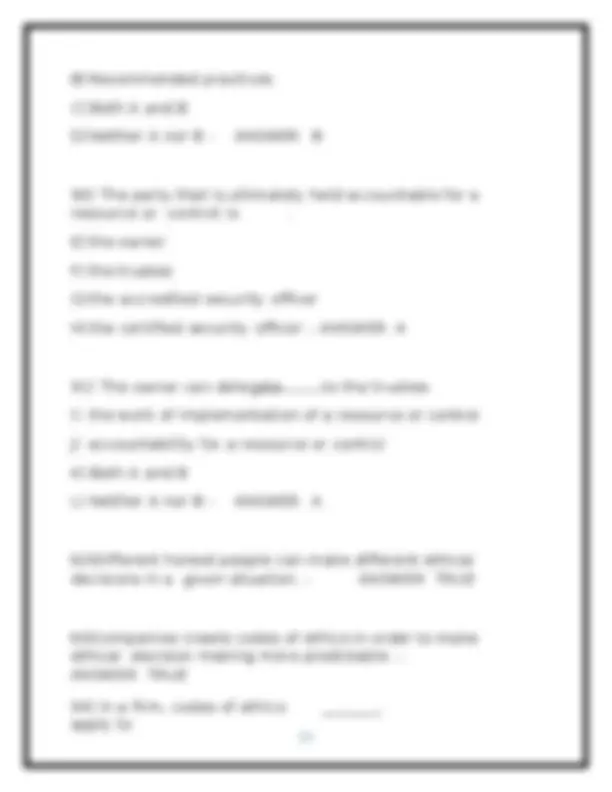
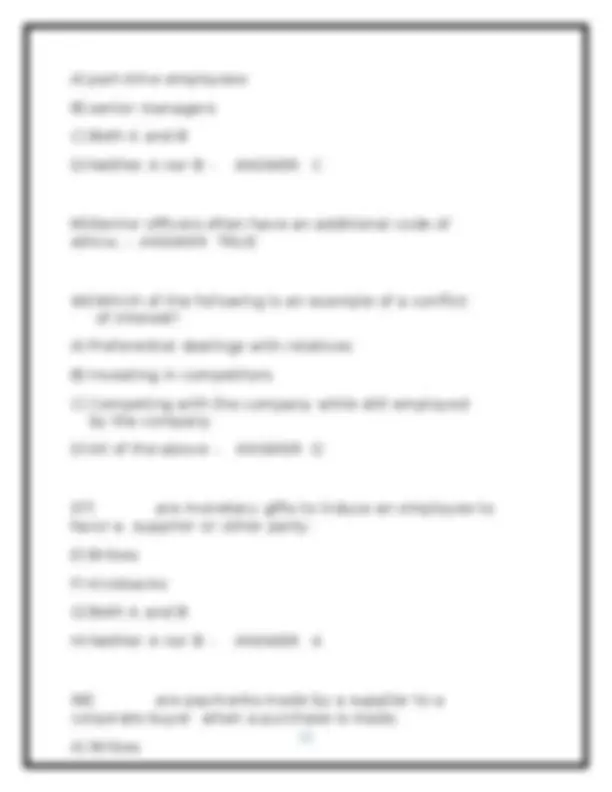
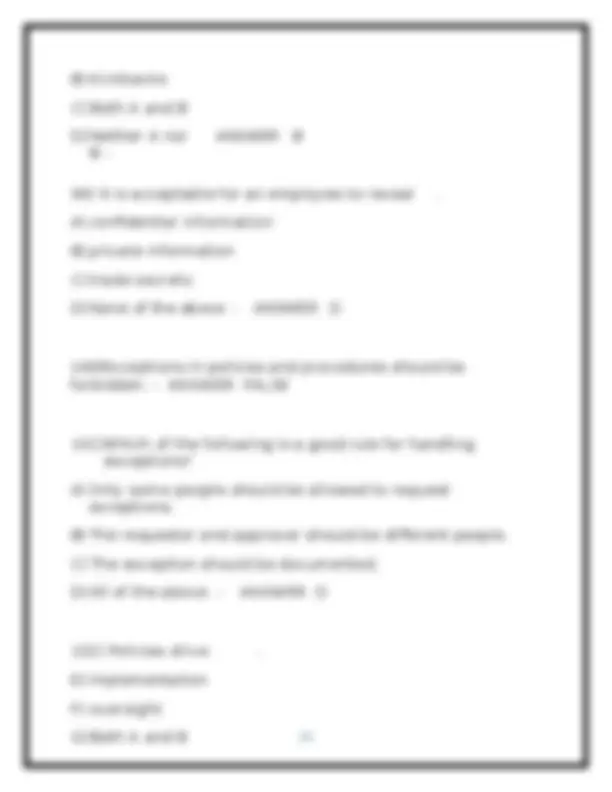
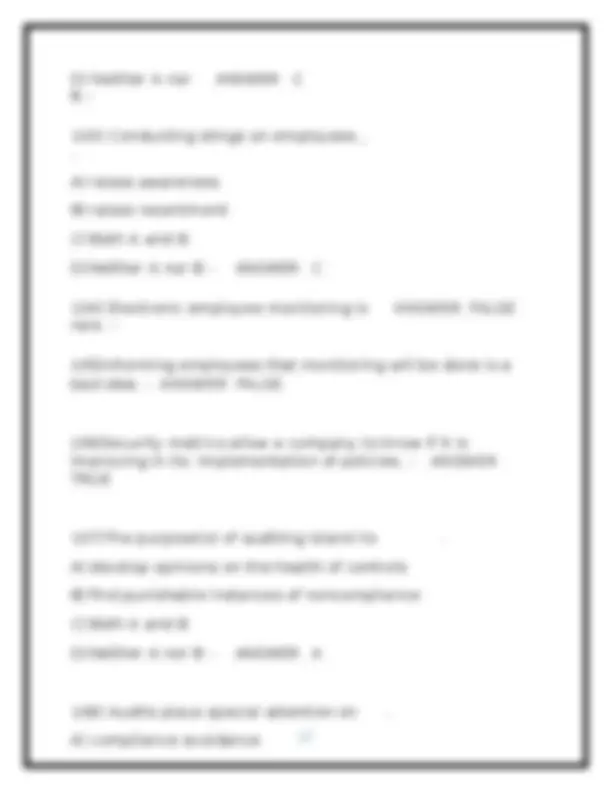
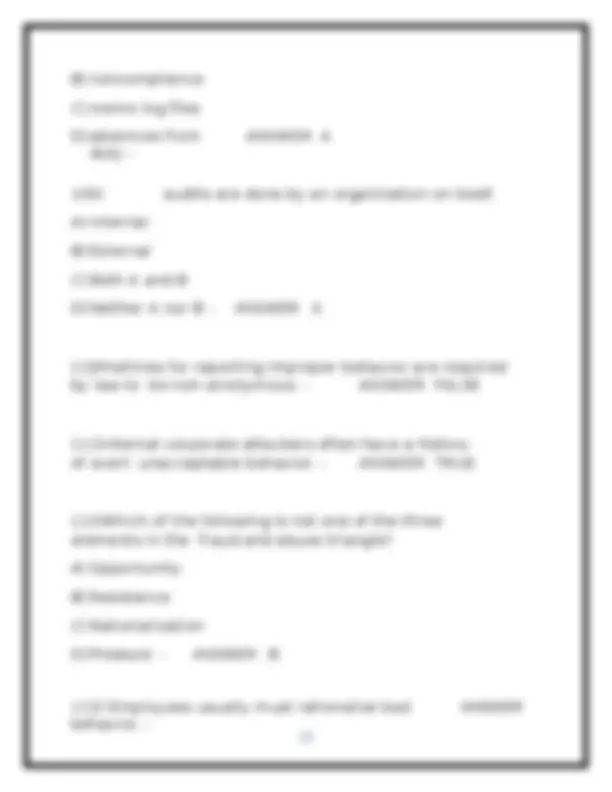
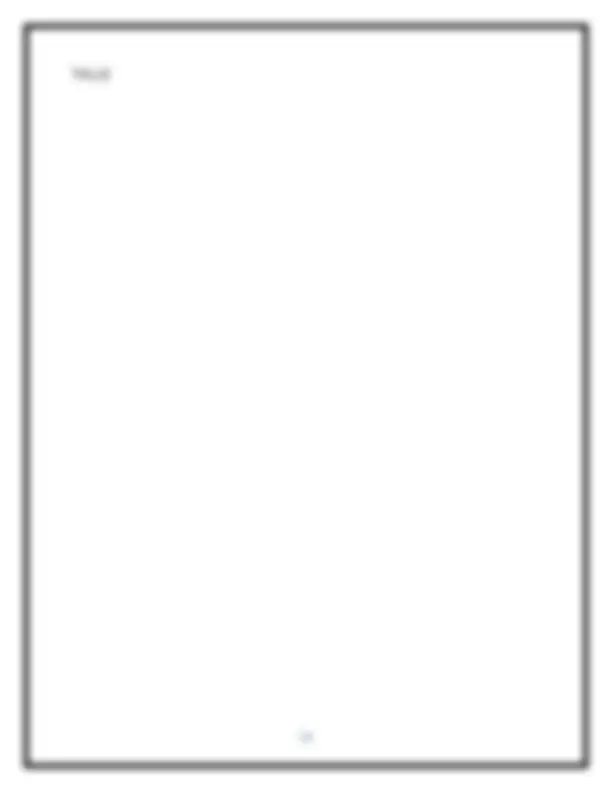
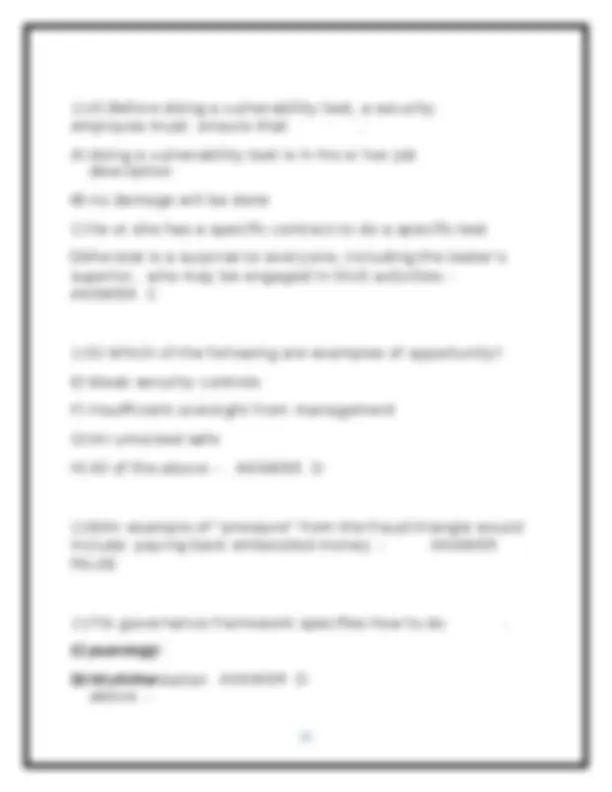
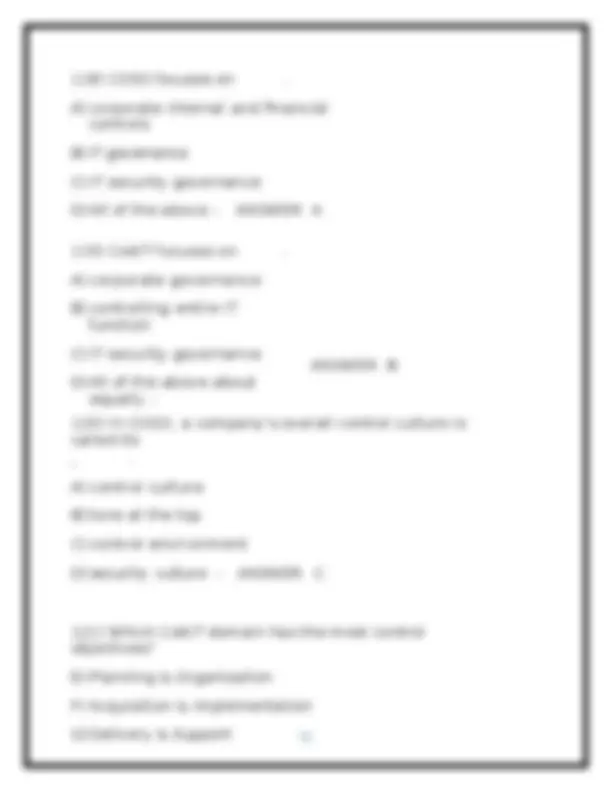
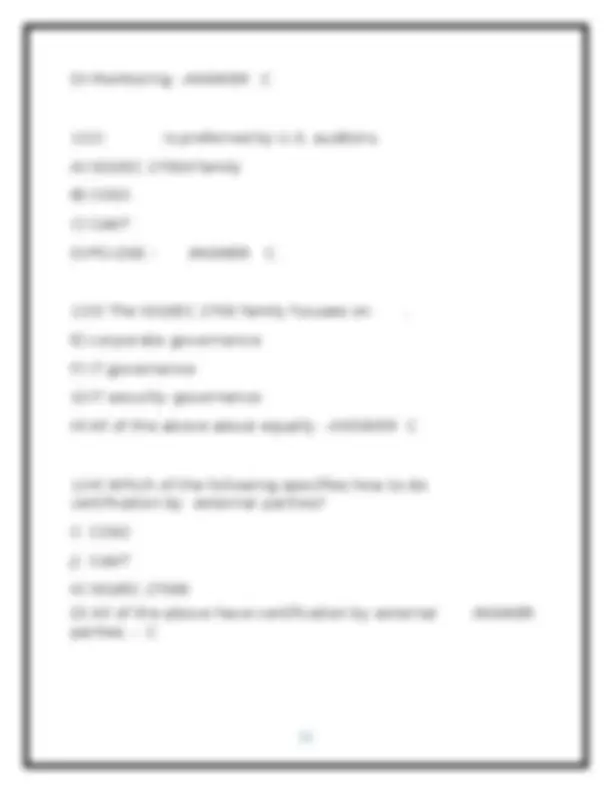


Study with the several resources on Docsity

Earn points by helping other students or get them with a premium plan


Prepare for your exams
Study with the several resources on Docsity

Earn points to download
Earn points by helping other students or get them with a premium plan
Community
Ask the community for help and clear up your study doubts
Discover the best universities in your country according to Docsity users
Free resources
Download our free guides on studying techniques, anxiety management strategies, and thesis advice from Docsity tutors
A comprehensive overview of information security governance and risk management principles. It covers topics such as defense in depth, security architecture, security policies and procedures, auditing and compliance, and fraud prevention. The document delves into the importance of formal security processes, the role of security within the organization, and the need for a balanced approach that enables business functionality while mitigating risks. It also discusses specific security frameworks and standards like cobit, coso, and iso/iec 27000. Overall, this document serves as a valuable resource for understanding the strategic and operational aspects of information security management within an organization.
Typology: Exams
1 / 32

This page cannot be seen from the preview
Don't miss anything!

























A) offense
B) defense
C) offense and defense about equally
D) None of the above - ANSWER B
2)Closing all routes of attack into an organization's
system(s) is called.
A) defense in depth
B) comprehensive security
C) total security
D) access control - ANSWER B
3)A occur(s) when a single security element failure
defeats the overall security of a system.
A) spot failure
B) weakest link failure
C) defense in depth departure
D) critical failure - ANSWER B
A) Annual corporate planning
B) Planning and developing individual countermeasures
1
C) Both A and B
D) Neither A nor B - ANSWER C
A) strategy
B) sequence
C) process
D) anomaly - ANSWER C
6)The growing number of compliance laws and regulations is
driving firms to use formal governance frameworks to
guide their security processes. - ANSWER TRUE
7)Many compliance regimes require firms to adopt specific
formal governance framework to drive security planning
and operational management. - ANSWER TRUE
8)Planning, protection, and response follow a fairly strict
sequence from one stage to another. - ANSWER
9)The stage of the plan-protect response cycle that
consumes the most time is.
A) planning
B) protection
C) response
D)each of the above consumes about the same amount
of time - ANSWER B
operation of countermeasures.
A) Planning
B) Protection 2
step is to
4
A) create a protection plan for each
B) assess the degree to which each is already protected
C) enumerate threats to each
D) classify them according to sensitivity - ANSWER
company should develop a remediation plan for EVERY
security gap identified.
19)A company should consider list of possible remediation
plans as an investment portfolio. - ANSW E R TRUE
20)The factors that require a firm to change its security
planning, protection, and response are called driving
forces. - ANSW E R TRUE
A) create requirements to which security must respond
B) can be expensive for IT security
C) Both A and B
D) Neither A nor B - ANSWER C
significant defi ciencies, that results in more than a
remote likelihood that a material misstatement in the
annual or interim financial statements will not be
prevented or detected.
E) material control failure
F) material control deficiency
G) critical control defi ciency
5
D) Neither A nor
27)The FTC can act against companies that fail to take
reasonable precautions to protect privacy information. -
A) impose fines
B) require annual audits by external auditing firms for
many years
C) Both A and B
D) Neither A nor B - ANSWER C
A) E-commerce firms
B) Medical firms
C) Government organizations
D) Companies that accept credit card
payments -
A) E-commerce firms
B) Medical firms
C) Government organizations
D) Companies that accept credit card
payments -
7
A) certifi cation
B) accreditation
C) Both A and B
D) Neither A nor B - ANSWER C
E) the chief security offi cer (CSO)
F) the chief information security offi cer (CISO)
G) Either A and B
H) Neither A nor B - ANSWER C
I) creates independence
J) is likely to give security stronger backing from the IT
department
K) Both A and B
L) Neither A nor B - ANSWER B
34)Independence is best provided for IT security by placing
it within the IT department. - ANSWER FALSE
35)Most IT security analysts recommend placing IT
security functions within the IT department. -
8
B) Financial
auditing
C) IT auditing
D) None of the
above -
40)Placing IT auditing in an existing auditing department
would give independence from IT security. - ANSWER
external companies and the implications of close IT
partnerships before implementing interconnectivity.
A) Auditing
B) Due diligence
C) Peer-to-peer security
D) Vulnerability testing - ANSWER B
42)To outsource some security functions, a firm can use an
A) cost savings
B) independence C) Both A and B
D) Neither A nor
10
outsourced?
11
reduction. - TRUE
functionality. -
year basis.
A) expected per-event loss
B) expected annual loss
C) expected life cycle loss
D) expected per-event benefit - ANSWER B
vary by year, the computations should use.
G) Either A or B
H) Neither A nor B - ANSWER C
complete cost of a compromise?
13
14
C) Risk avoidance
D) None of the
above -
insurance.
A) Risk reduction
B) Risk acceptance
C) Risk avoidance
D) Risk transference - ANSWER D
action.
E) Risk reduction
F) Risk acceptance
G) Risk avoidance
H) Risk transference - ANSWER C
62)Responding to risk through risk avoidance is
likely to be acceptable to other units of the firm. -
A) all of a firm's countermeasures
B) how countermeasures are organized
C) Both A and B
D) Neither A nor B - ANSWER C
16
A) annually
B) before a firm creates individual countermeasures
C) before a firm creates a specific countermeasure
D) after each major compromise - ANSWER B
65)Companies should replace their legacy security
technologies immediately. - ANSWER FALSE
host is
A) defense in depth
B) risk acceptance
C) an anti-weakest link strategy
D) adding berms - ANSWER A
defeated for an attack to succeed.
E) Defense in depth
F) Weakest link analysis C) Both A and B
D) Neither A nor
17
A)is no longer important because there are so many ways to
bypass borders
B) is close to a complete solution to access control
C) Both A and B
D) Neither A nor B - ANSWER D
under specific circumstances.
E) implementation control
F) policy
G) policy guidance document
H) procedure - ANSWER B
are to be applied. - ANSW ER FALSE
detail. - FALSE
76)When you wish to create a specific firewall, you should
create a security policy for that firewall specifically. -
A) IT security
B) corporate teams involving people from multiple
departments
19
C) a senior executive
D) an outside consultant, to maintain
independence -
A) Standards
B) Guidelines
C) Both A and B
D) Neither A nor B - ANSWER A
E) Standards
F) Guidelines
G) Both A and B
H) Neither A nor B - ANSWER B
80)It is mandatory for decision makers to consider
guidelines. - ANSWER TRUE
81)Guidelines are appropriate in simple and highly
certain circumstances. - ANSW ER FALSE
be taken by specific employees.
A) Procedures
20